MIDTERMS-REVIEW
1. What are the types of white balance and draw the symbol for each.
Automatic White Balance (AWB) – This setting analyzes the screen and decides a White Balance adjustment between 3000K to 7000K.
Custom WB or User – The user can tell the camera to use a reference white by taking a picture of a gray area under the current lighting. The camera then uses this as a White Balance reference for succeeding photos.
Tungsten or Incandescent – Corrects the yellowish hue caused by Incandescent bulbs or similar light sources.
Fluorescent – This is used when taking pictures under fluorescent lighting. Some cameras have two settings for Fluorescent since the intensity of light coming from fluorescent lamps from different manufacturers vary depending on their production standards. Some fluorescent lamps are even calibrated to produce daylight white.
Daylight – Useful for taking pictures under normal daylight.
Flash – This corrects the slightly yellowish hue of a typical Xenon Flash lighting. In some cameras this is omitted since Flash is similar to Daylight hue.
Cloudy – Even under ordinary daylight, when it is cloudy the color will tend to have a bluish hue. Use this setting to correct the color.
2. What is the difference among large format cameras, medium format, DSLR, and compact?
Characteristics of Large Format:Have adjustable fronts and backs that give photographer better control of perspective and depth of field. Characteristics of Medium Format: Several types: single-lens reflex, twin-lens reflex, rangefinder. Some can change lenses.Characteristics of SLRs: use a memory card to store images instead of film.Characteristics on Compact cameras :Lightweight with minimal buttons
4. What does SLR stand for?
5. Who made the first photograph?
1826 – Niepce creates the first permanent photography.
6.Who is Daguerre and what did he contribute?
7. What is the rule of thirds? What would a photo look like using this?
Imagine a tic-tac-toe board as you look through the viewfinder.
8. What are leading lines?
Using objects to frame the subject can lead the viewer’s eye right where you want it.
10. What’s the difference between bird’s eye and worm’s eye view?
11. What is libel?
lIBEL OCCURS WHEN SOMEONE IS EXPOSED TO HATRED,RIDICULE, OR HAS HIS/HER REPUTATION DAMAGED AS A RESULT OF FASLSE INFORMATION THAT HAS BEEN PUBLISHED.
12. What is obscenity? The acronym for the test to determine?
1) average person find the work offensive
2) sexual conduct in a offensive way
3) laps test
13. What is invasion of privacy?
1. intrusion
2.private facts
3. false light
14. Copyright infringement?
exploits any of the rights of copyright without the copyright owners permission
15. What is the difference between being unethical and breaking the law in photojournalism?
Well ethical conduct is a code that photographers should follow but the law can get them in trouble.
